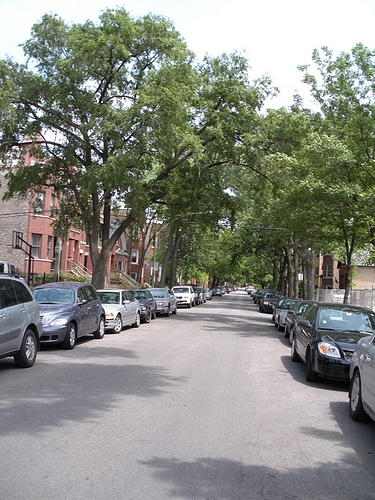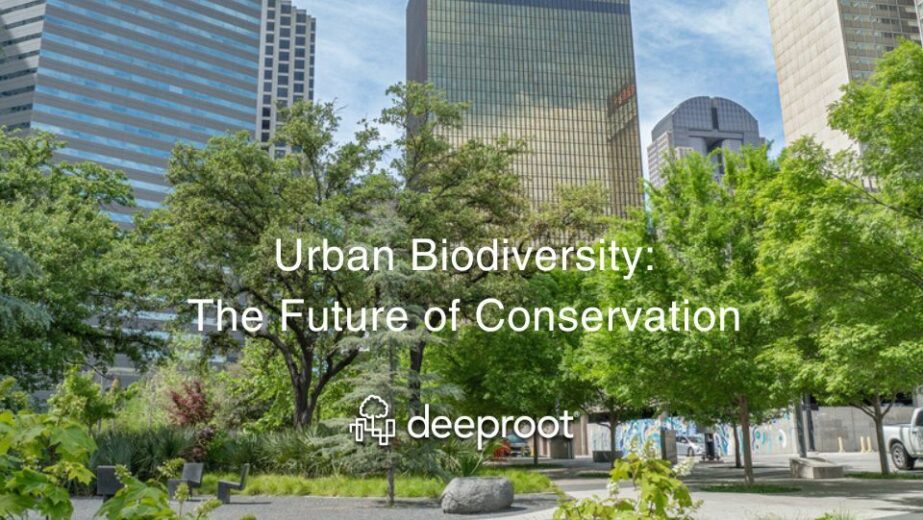
For those of you who were at GreenBuild a couple of weeks ago, I hope it was a successful show and that you had the opportunity to learn and go to a bunch of the interesting sessions. But if you didn’t go, or just didn’t make it to our session, ASLA’s “The Dirt” blog has a nice summary to catch you up.
The Dirt’s summary provides a good recap of what was discussed by superstar team Peter MacDonagh, RLA, ASLA, ISA, Jim Urban, FASLA, and Peter Schaudt, FASLA, FARR.
One thing the summary does not get quite right is Peter M.’s statement about the field of urban forestry being broken — Peter stated that the urban forest is broken (not urban forestry the profession). While the general points of the presentation are accurately represented in The Dirt’s recap, when Peter M. refers to the current challenges facing the urban forest he is referring to the systems that are used to fund, plant and maintain trees, not the profession, which we are all in agreement is doing a great job considering all that is thrown their way. The Dirt’s summary has sparked a lively discussion in the comments section and perhaps elsewhere as well; obviously this topic hits a nerve with people. We’re delighted at the responses and encourage you to add your thoughts to the discussion currently underway.
The title of our session was “A Forest Runs Through It: International Overview of Innovative Case Studies That Showcase The Range and Magnitude of Benefits Possible With Urban Trees.” The session showed a range of innovative projects that have overcome the limitations facing traditional urban trees, enabling them to provide significant ecological and social benefits.
– The Marq2 transit-way sustainable streetscape rennovation project in downtown Minneapolis that incorporated urban trees and stormwater runoff treatment from 90% of rain events from a 5.5 acre catchment area was discussed.
– A large-scale waterfront redevelopment in Toronto that extends tree rooting volume under paved surfaces to grow 1,400 large urban trees to enhance water quality in the City’s valuable waterfront and reduce its urban heat island effect.
– An ultra-urban retrofit project at New York City’s Lincoln Center, where innovative techniques were used to enable growth of large trees for Lincoln Center’s outdoor concerts on top of a parking garage while still ensuring that the planting area could support the weight of temporary concert seating.
– A multifunctional project in London that extends uncompacted rooting volume under paved surfaces to grow large vines on a 1km long, 9m high green wall to achieve multiple goals, including stormwater management, heat island effect reduction, wildlife habitat, and protections from graffiti, where trains will arrive from Heathrow Airport during the 2012 Olympics.
– A LEED-ND certified uptown streetscape re-development project in Normal, IL, that used innovative techniques to extend tree rooting volumes under paved downtown sidewalks and parking areas to grow large urban trees to create shade, minimize heat island effect, and hold stormwater while still satidying the urban streetscape’s loading requirements.
We were very pleased with how the session went, and we’re especially happy to see the discussion continuing online. We hope you’ll add your comments to the mix there or here.
Image: KFerguson





Leave Your Comment